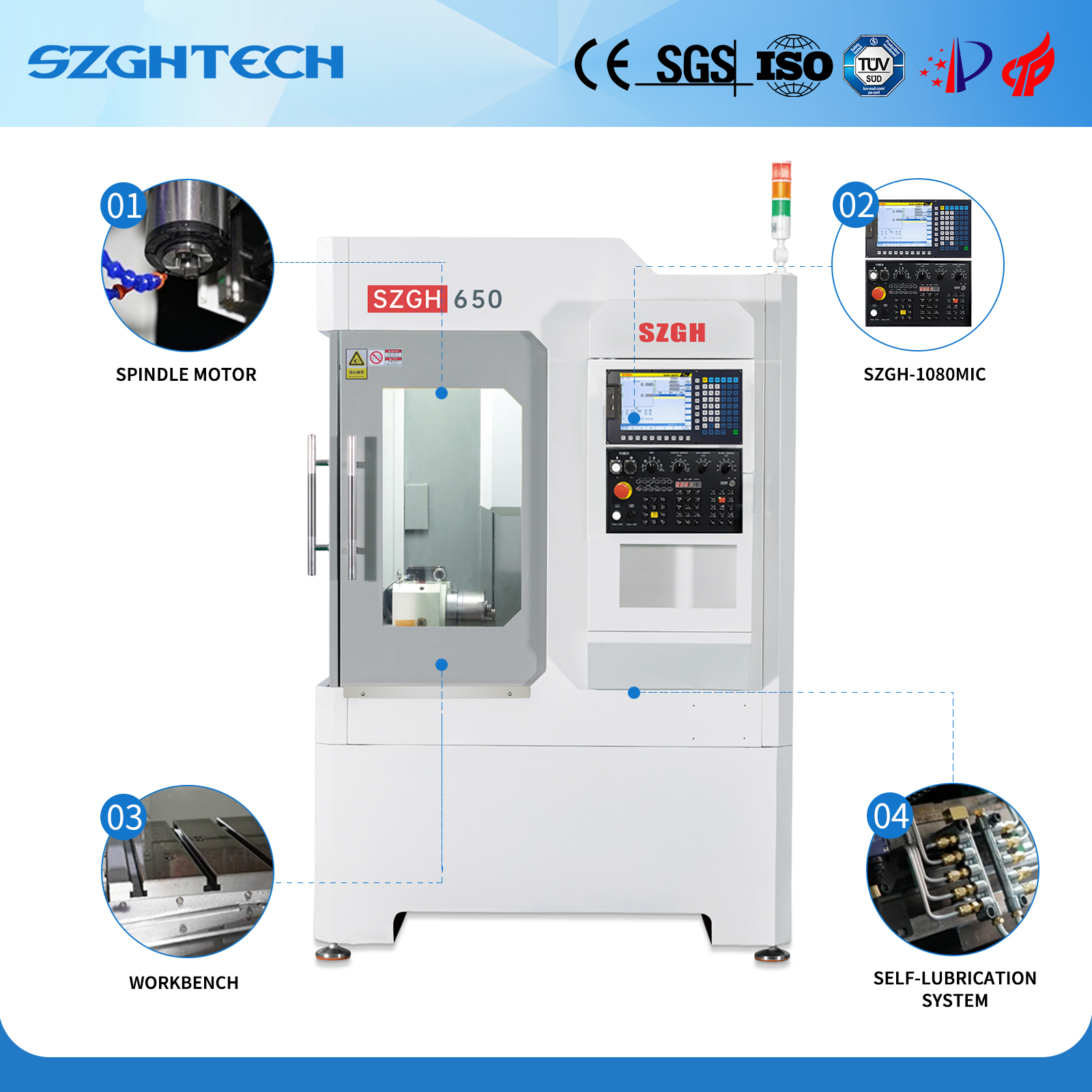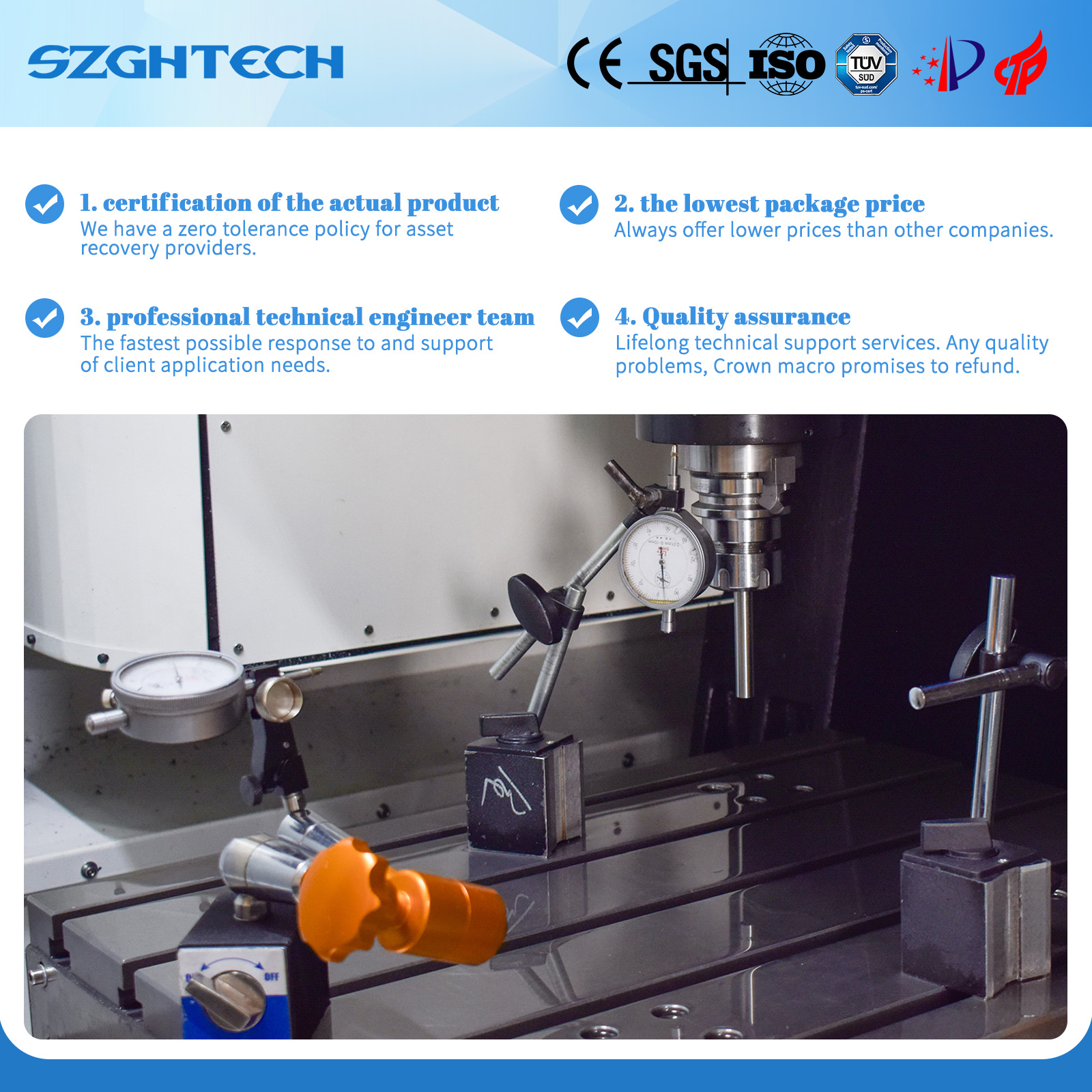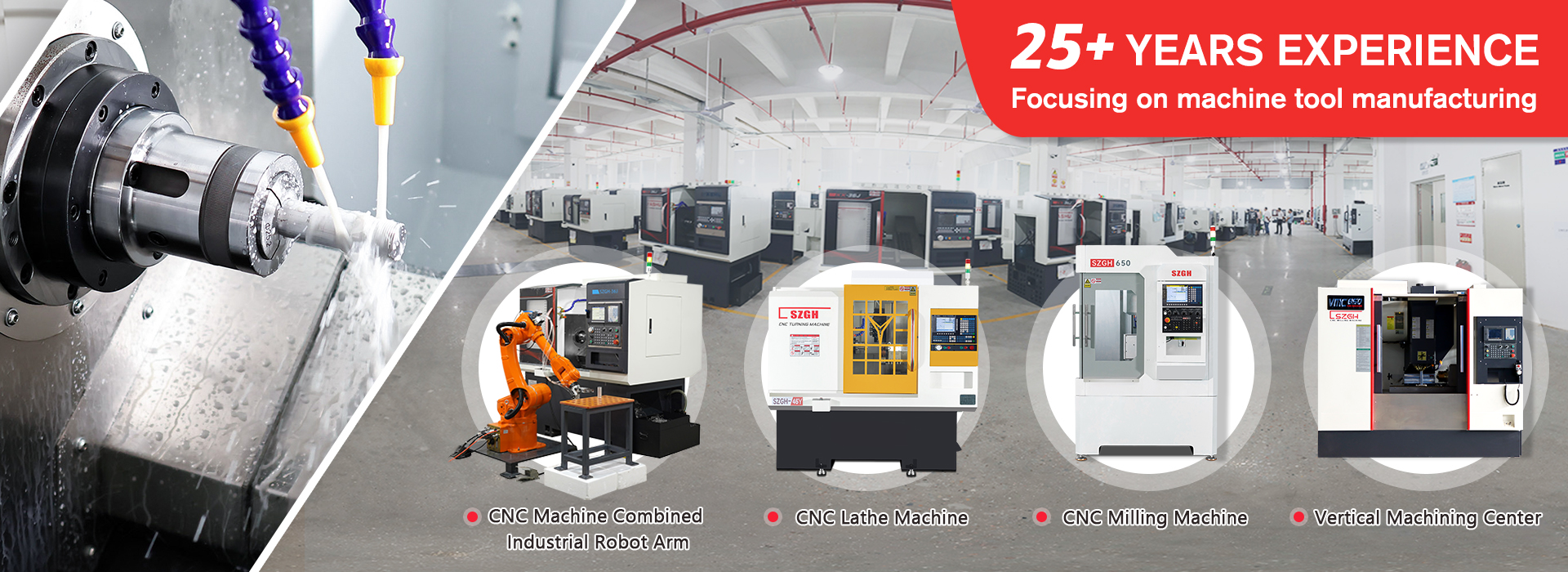SZGH-650 CNC High-Quality Milling Machine
The SZGH-650 milling machine is suitable for machining copper, iron, aluminum, and stainless steel workpieces up to 600mm x 500mm. It can efficiently complete tapping operations up to 30mm and drilling holes in stainless steel up to 20mm. It can process a variety of shapes, including square and round, to meet diverse processing needs.
The SZGH-650 CNC milling machine is suitable for the following applications:
Mold manufacturing: Precision parts processing for plastic molds, die-casting molds, stamping molds, etc.
Mechanical parts processing: Precision gears, shafts, brackets, and housings
Automotive parts: Engine components, brake parts, and aluminum alloy structural parts
Aerospace: Lightweight alloy structural parts and precision connectors
Electronic equipment processing: Aluminum housings, radiators, and frame components
Hardware tools: Cutting tools, fixtures, and precision jigs
Education and training: CNC training and technology development for vocational schools and research institutions
Optional configurations for the SZGH-650 CNC milling machine:
1. Milling machine with a fourth-axis rotary table and a rotary tailstock (supports multi-faceted machining)
2. Milling machine with an automatic tool setter (improves tool setting efficiency and accuracy)
3. Milling machine with a workpiece positioning probe (quickly completes workpiece coordinate setting)
4. Milling machine with a cooling system: Oil mist cooling or cutting fluid cooling
5. Milling machine with an automatic chip conveyor: Spiral chip conveyor or chain chip conveyor
6. The milling machine features a protective cover and fully enclosed protection (suitable for wet cutting environments).
7. Upgradable spindle power and speed (suitable for heavy cutting or high-speed finishing).
8. Optional tool magazine options for the milling machine: conical or disc-type.







